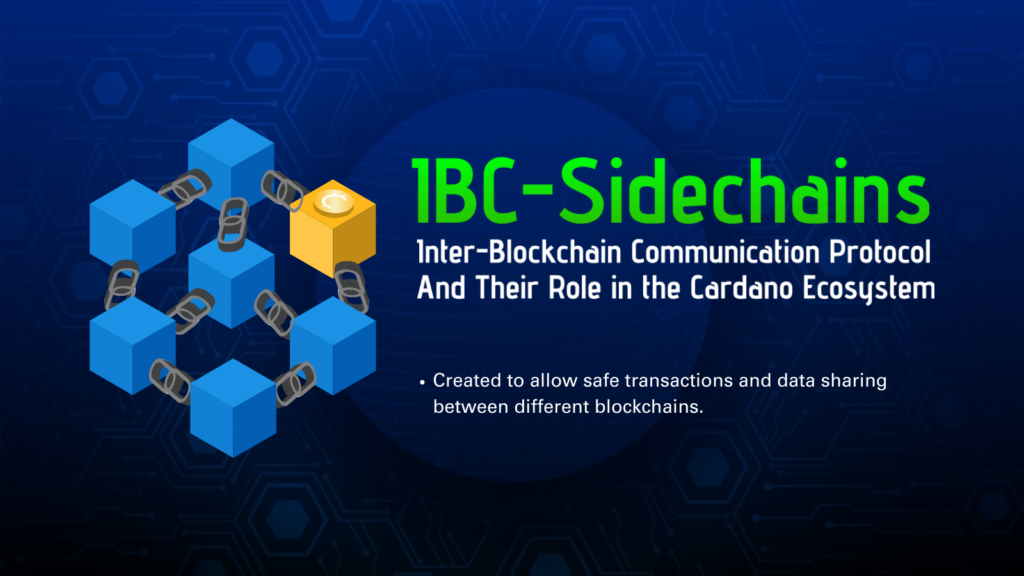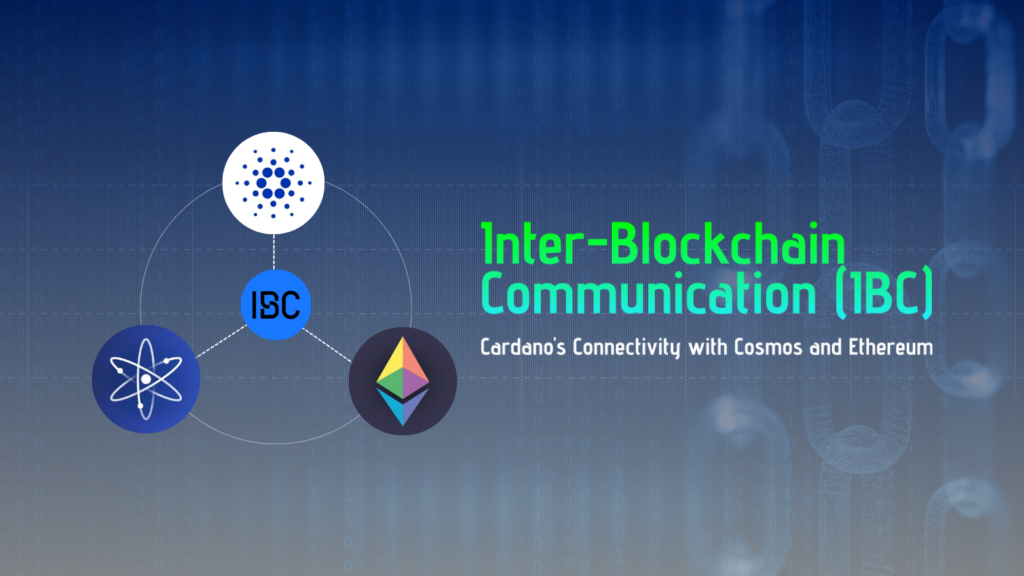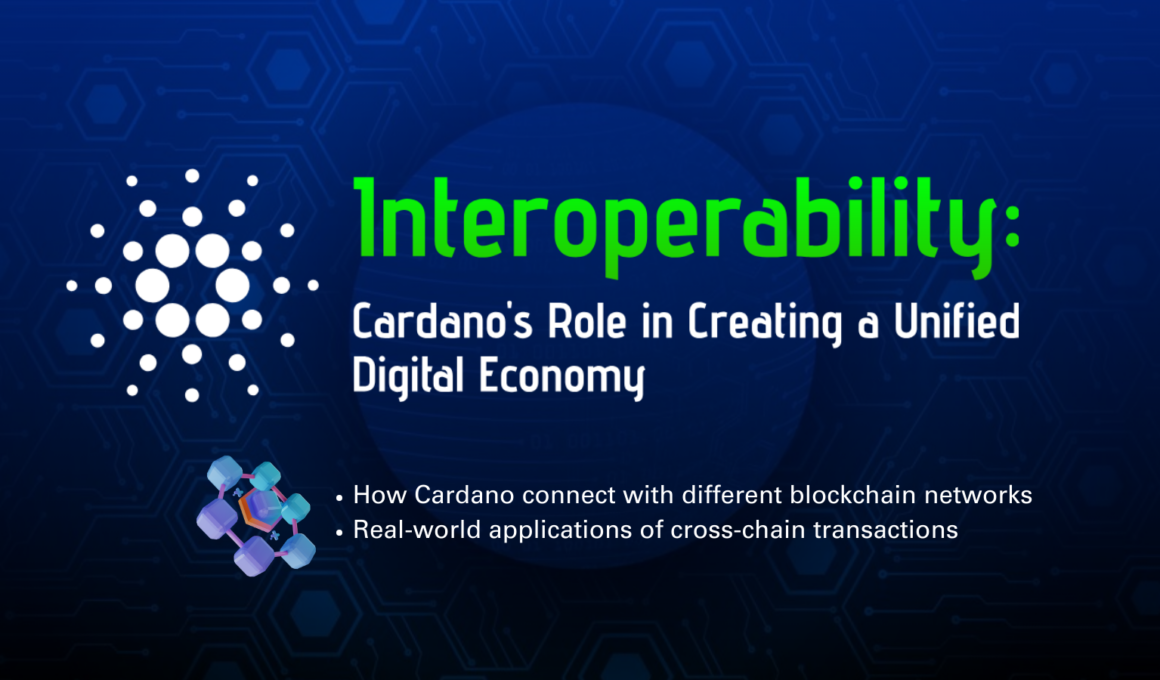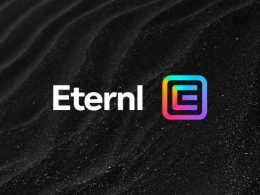When blockchain technology first came onto the scene with Bitcoin, each network worked independently. Bitcoin was revolutionary as a digital currency ledger, but it couldn’t talk to other blockchains. As more networks like Ethereum, Litecoin, and Ripple appeared, it became clear that these systems needed to interact.
Early efforts to connect blockchains were basic and involved using centralized exchanges to trade assets. These methods were not only limited but also had security risks. The real breakthrough came with new technologies that allowed blockchains to communicate directly and securely.
This is where Cardano comes in. As a third-generation blockchain, Cardano was built to connect different blockchain networks right from the start. It focuses on key aspects like scalability, interoperability, and sustainability, making sure it meets the needs of users now and in the future.
Key Takeaways
- Cardano’s technology, like sidechains and protocols (Marlowe and Plutus), helps different blockchains talk to each other smoothly, making everything work better together.
- Cardano’s partnerships with Cosmos, Ethereum and Nervos show real-world uses. They’re making it easier to move assets and run contracts across platforms, which is pretty exciting.
- Cardano is making blockchain simpler and getting people to work together, leading us toward a more connected digital world.
The Importance of Interoperability in Blockchain
Interoperability in the blockchain space means that different blockchain systems can talk to each other, share information, and carry out transactions across their networks, similar to how you can use various apps on your phone without a hitch. Interoperability opens up endless possibilities for innovation, allowing for new types of applications and services that were previously impossible.
As blockchain technology continues to evolve, interoperability will play a key role in creating a more connected and efficient digital world. This is the promise of interoperability, and it’s already starting to reshape how we think about and use blockchain technology.
- Allows for more complex and versatile applications by leveraging the strengths of different blockchains.
- Simplifies the process for users who need to interact with multiple blockchain platforms.
- Reduces redundancy and leverages shared resources, leading to cost savings.
Cardano’s Path to Seamless Interoperability: IBC – Sidechains
The aim of sidechains is to allow Cardano to become interoperable with other blockchains. Think of a sidechain as a buddy blockchain that runs next to the main blockchain, like Cardano ecosystem. They can share and move assets and communicate between them. When you transfer something from the main blockchain to the sidechain, it keeps its value and stays the same, and you can always move it back if you need to.
This back-and-forth is done using a two-way peg or a bridge. So, as long as both are working well, your assets can travel safely between them. In the context of Cardano, sidechains facilitate interoperability and scalability by offloading transactions and smart contracts from the main chain to a secondary chain.

As more companies and projects jump on the blockchain bandwagon, they often hit bumps like scaling difficulties, keeping data secure, and making different blockchains talk to each other. That’s why the Cardano Foundation is building a connectivity with its new Inter-Blockchain Communication Protocol (IBC).
This nifty protocol makes sure that transactions and data swaps between different blockchains are rock-solid. But IBC isn’t just about fixing problems, it’s about bringing new possibilities by letting data and assets move smoothly between various blockchains, all while keeping the top-notch security and predictable fees that Cardano is known for.
Boosting Cardano’s Connectivity with Cosmos and Ethereum
IBC, or Inter-Blockchain Communication, acts as a communication protocol that allows different blockchains to exchange information seamlessly. By integrating IBC into Cardano, it paves the way for projects to connect Cardano with sidechains based on the Cosmos SDK. This means that projects within the Cardano ecosystem can now link to over 115 interconnected blockchains in what’s known as the interchain network.

The interchain is an advanced extension of the Cosmos network, featuring a collection of sovereign yet interoperable decentralized systems. This architecture is designed for flexibility and scalability, drawing on a vast developer community and diverse functionalities, ensuring it evolves alongside blockchain advancements.
Additionally, implementing IBC on Cardano introduces new possibilities for connecting Ethereum Virtual Machine (EVM)-based sidechains. This allows developers to deploy EVM-based decentralized applications (DApps) on Cardano sidechains, combining the familiar tools and environment of Ethereum with the robust security and scalability of Cardano.
Case Studies of Cardano’s Interoperability
1. Wanchain

Wanchain‘s aim is to solve the problem: “How do we create something that unifies everyone and everything?” The answer lies in creating a truly decentralized and interoperable system. Think of Wanchain as a green, energy-efficient blockchain that also excels at connecting different blockchains together. It’s a Layer 1 Proof of Stake (PoS) blockchain that’s very similar to Ethereum, using the same tools, DAPPs, and protocols that developers already know and love.
Wanchain’s secret sauce is something called Galaxy Consensus. This is a special PoS algorithm that uses advanced cryptographic techniques like distributed secret sharing and threshold signatures. These methods make random number generation and block production more secure and efficient. Developed by top researchers, Galaxy Consensus builds on the Cardano Ouroboros foundation, pushing the tech even further.
Now, the really cool part about Wanchain is its bridges. These bridges are decentralized and direct, meaning they don’t rely on any central authority to connect different blockchain networks. Whether a network uses Ethereum’s technology (EVM) or something else, Wanchain bridges can link them. They use smart techniques like Secure Multiparty Computation (sMPC) and Shamir’s Secret Sharing to keep crosschain transactions safe and sound. Currently, Wanchain callows you to send 15+ assets from Cardano back and forth between 12 blockchains including BTC, ETH, AVAX, ARB, BNB, DOT. This is a tweet post made about the update

With partnerships like these, Cardano is becoming more interoperable, making it easier than ever for different blockchain networks to work together. This improvement will not only better connect Cardano with other systems but also help grow the total value locked (TVL) in Cardano’s DeFi applications.
By enhancing these connections, Cardano is opening up new opportunities for developers and users alike, making Cardano a more versatile and attractive platform for all your decentralized finance needs. Whether you’re a seasoned developer or just getting started, these upgrades are designed to boost efficiency, collaboration, and overall growth within the Cardano ecosystem.
2. Maestro

Think of having all the tools you need to build and scale your dApp effortlessly. That’s what Maestro offers to developers and projects. An innovative dApp platform with powerful APIs and developer tools that make the whole process a breeze.
Maestro stands out as the first multi-chain data provider specifically for UTxO DeFi on Bitcoin, Cardano, and Dogecoin. Their top-notch UTxO indexer technology delivers a high-performance data layer, finely tuned to meet the unique needs and challenges of UTxO-based DeFi protocols. If you’re dealing with Cardano, Maestro’s got you covered with reliable, battle-tested solutions.
What are the Implications for the Future
Cardano’s focus on interoperability has several far-reaching implications:
- By making it easier for users to transition between different blockchain platforms, Cardano helps reduce entry barriers, encouraging wider adoption.
- Facilitates partnerships and collaborative projects between different blockchain communities, leading to innovation and growth.
- A more connected blockchain ecosystem can lead to the development of a truly unified digital economy where assets and information flow freely and securely.
Cardano’s commitment to interoperability is a significant step toward creating a unified digital economy. By developing advanced interoperability solutions such as sidechains, interoperability protocols, and blockchain bridges, Cardano not only enhances its own ecosystem but also contributes to the broader blockchain landscape. This forward-thinking approach positions Cardano as a pivotal player in the future of blockchain technology, promoting a more decentralized and efficient digital space.









